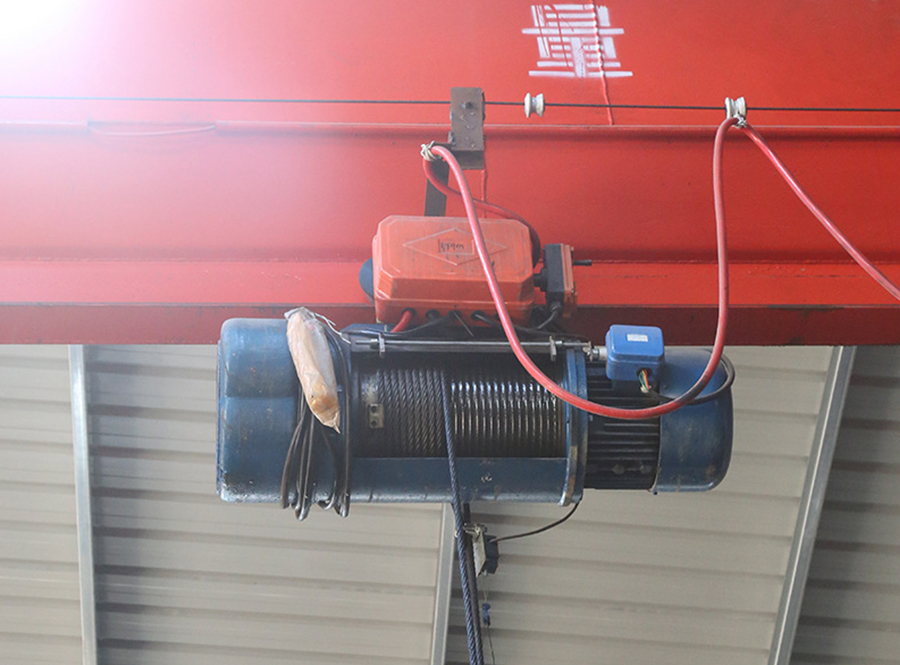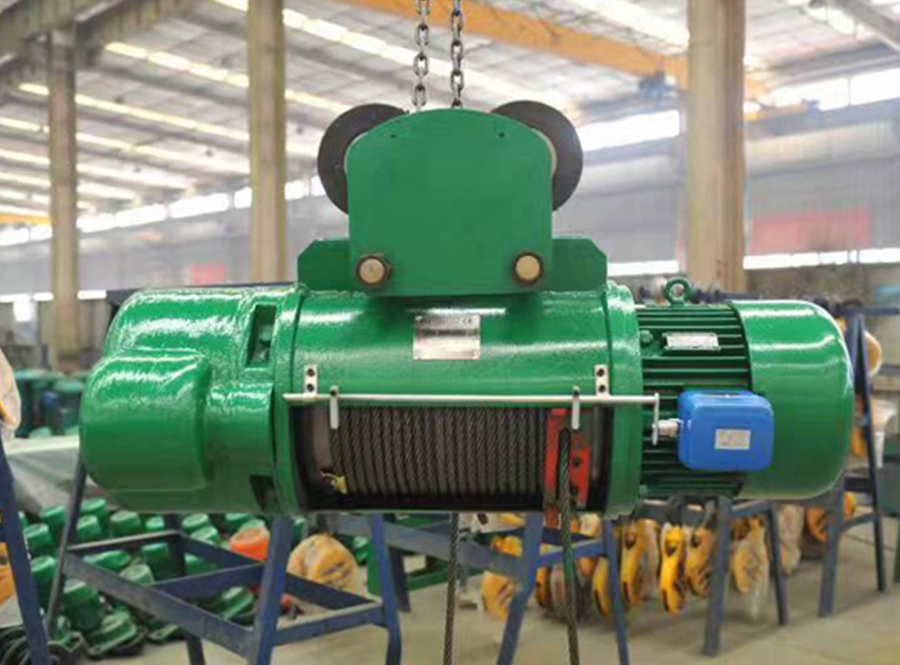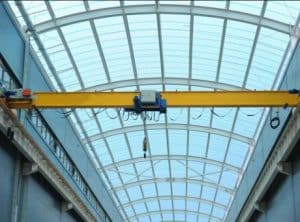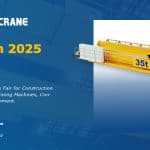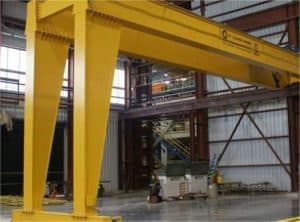5. Safety protection devices and protective measures for electric hoists
1. Extreme position limiter
(1) El low headroom electric chain hoist should be equipped with rising and falling limit position limiters, and can ensure that the power supply is automatically cut off when the hook is raised and lowered to the limit position. At this time, the action in the opposite direction should be possible.
(2) The electric hoist for lifting molten metal should be equipped with different forms of double limit protection devices at the lifting limit position and be able to control different electrical circuits.
(3) The lifting height limiter should operate reliably. When using a fire limiter, the following requirements should be met:
——The surface of the shell of the flameout limiter should be smooth, with no obvious burrs, cracks, etc. on the edges. ——The surfaces of all ferrous metal components, accessories, fasteners, etc. in the flameout limiter should be protected against rust. ——The electrical clearance, creepage distance and temperature rise of the fire limiter should comply with relevant regulations.
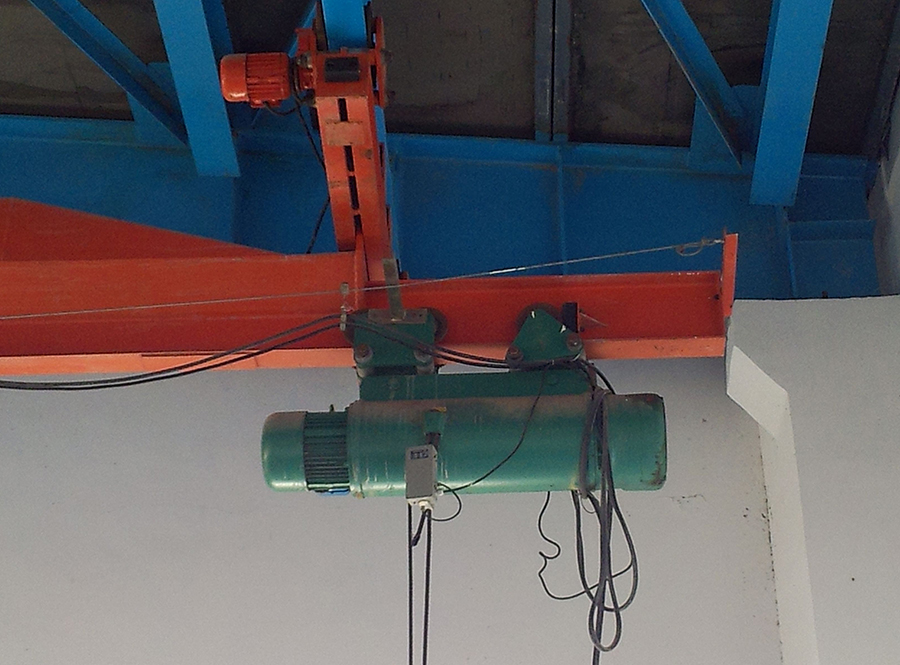
2. Lifting capacity limiter
(1) Low headroom electric chain hoist manufacturer with a rated lifting capacity of 1t and above should be equipped with a lifting capacity limiter. When the actual lifting weight exceeds 95% of the rated lifting weight, the lifting weight limiter should send out an alarm signal (except for the automatic stop type); when the actual lifting weight is between 100% and 110% of the rated lifting weight, the lifting weight limiter should function, the lifting power supply should be automatically cut off at this time, but the mechanism should be allowed to move downward.
(2) From the time when the electric hoist is overloaded and the lifting weight limiter stops lifting, the height lifted by the load at this time should not exceed the distance traveled by the nominal lifting speed in 1 second. For two-speed electric hoists, slow speeds are not assessed.
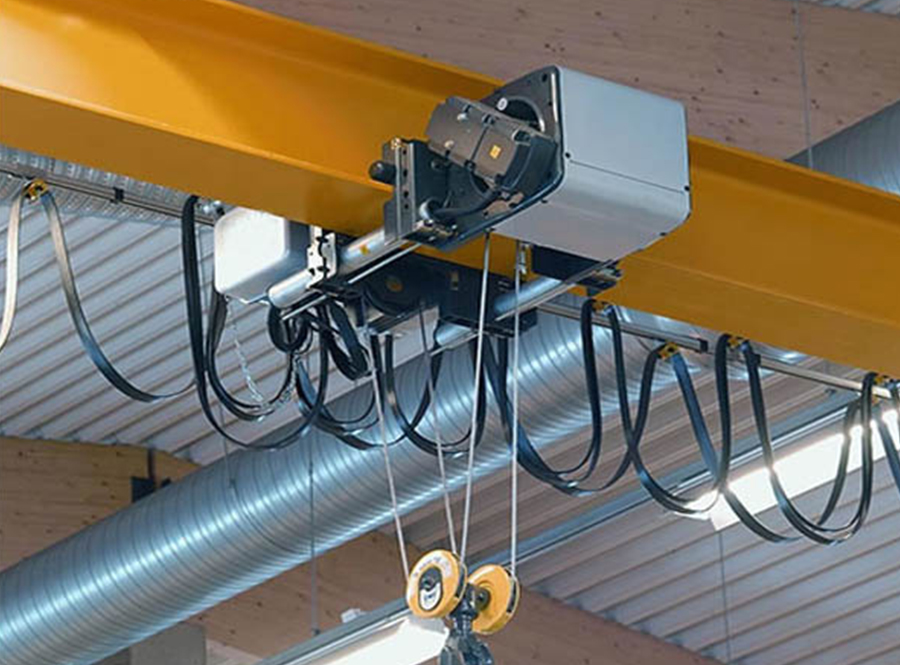
3. Brake
(1) El sevencrane low headroom electric chain hoist factory should be equipped with a normally closed working brake, and the braking safety factor of the brake should meet the following requirements:
a) The work level is M5 and below, which should not be lower than 1.5;
b) The working level is M6 and above, and should not be lower than 1.75.
(2) When an electric hoist is used as a lifting mechanism to lift molten metal, its brake setting should meet the following requirements:
a) When the rated lifting capacity is greater than 5t, in addition to a working brake, the electric hoist should also be equipped with a safety brake on the low speed level of the electric hoist;
b) When the rated lifting capacity is less than or equal to 5t, in addition to a working brake, the electric hoist should be equipped with a safety brake on the low speed stage of the electric hoist. Otherwise, the electric hoist should be designed according to 1.5 times the rated lifting capacity.
(3) When setting up a safety brake, its function should meet the following requirements: when the transmission component fails or the working brake fails, causing the load to fall, Empresa de polipastos eléctricos de cadena con control remoto inalámbrico y altura libre reducida should be able to reliably support the rated load.
(4) Non-professionals are strictly prohibited from adjusting the brakes, and they are not allowed to adjust the brakes of the lifting and luffing mechanisms under load. The adjusted brake should reliably stop the test load and start the suspended test load in the air. At this time, the test load should not move in the opposite direction. For hoist-lifting cranes, the braking distance should not be greater than 1/100 of the stable lifting distance within 1 minute.








